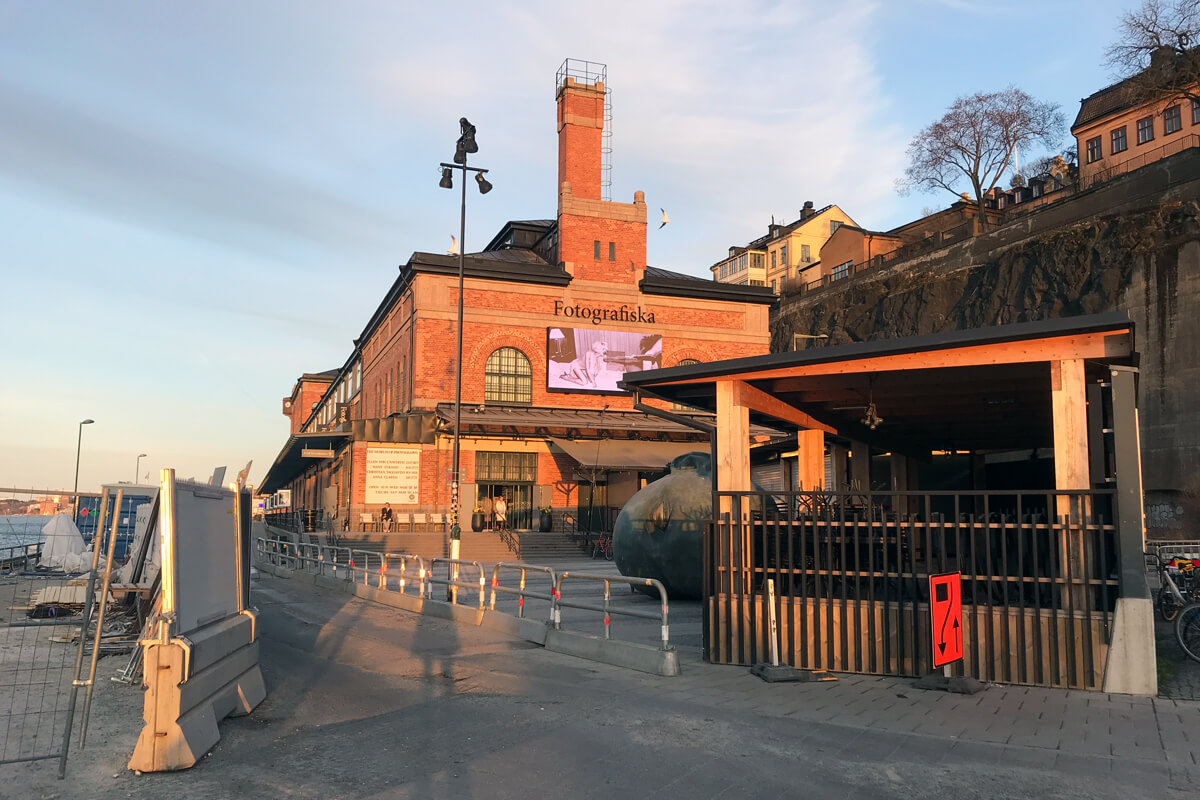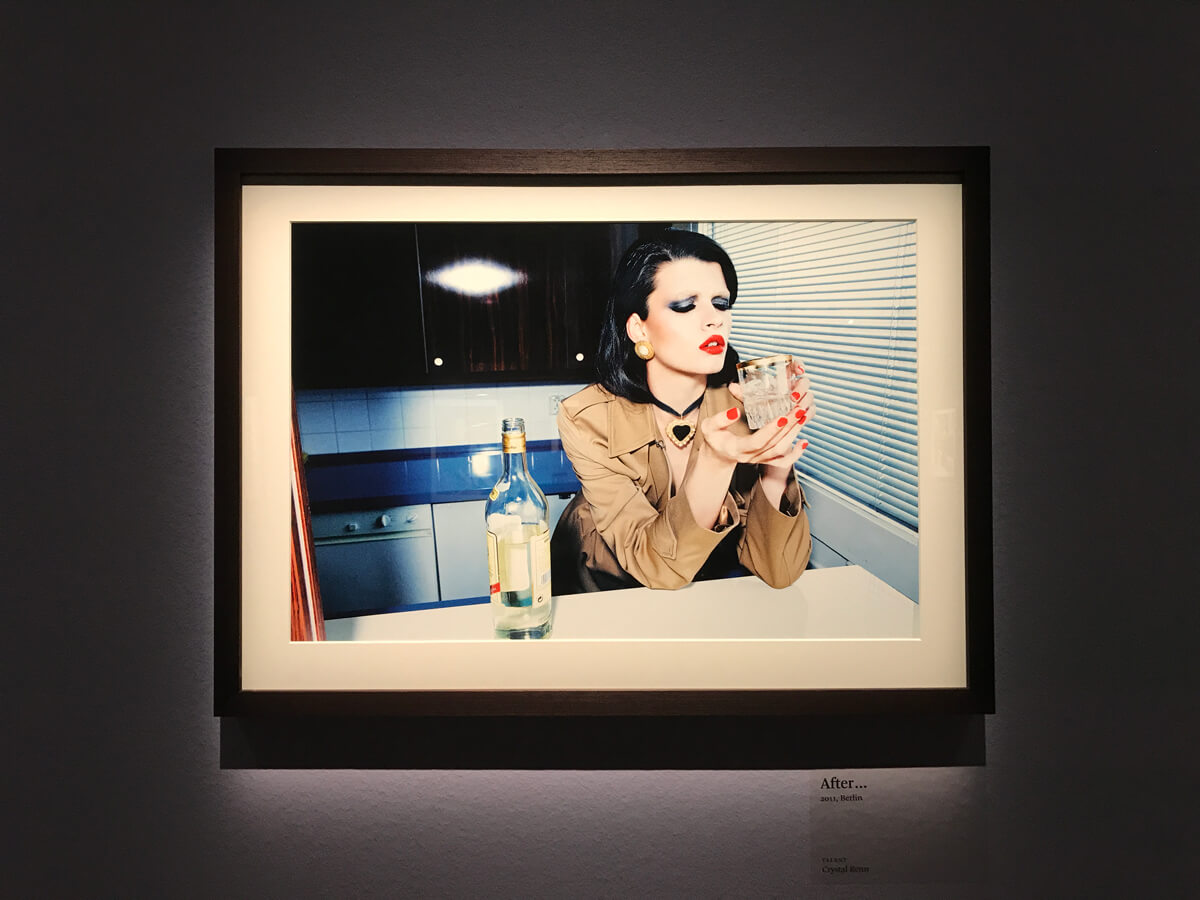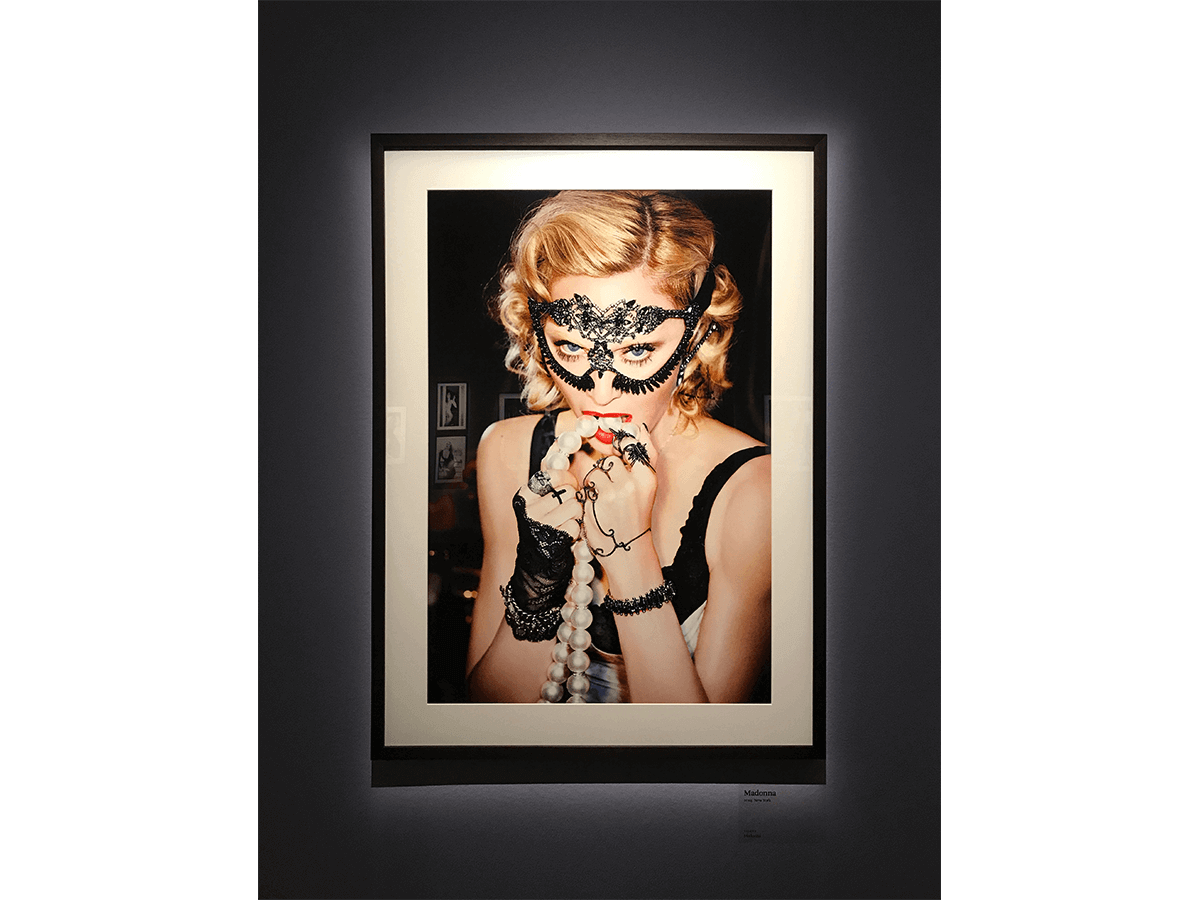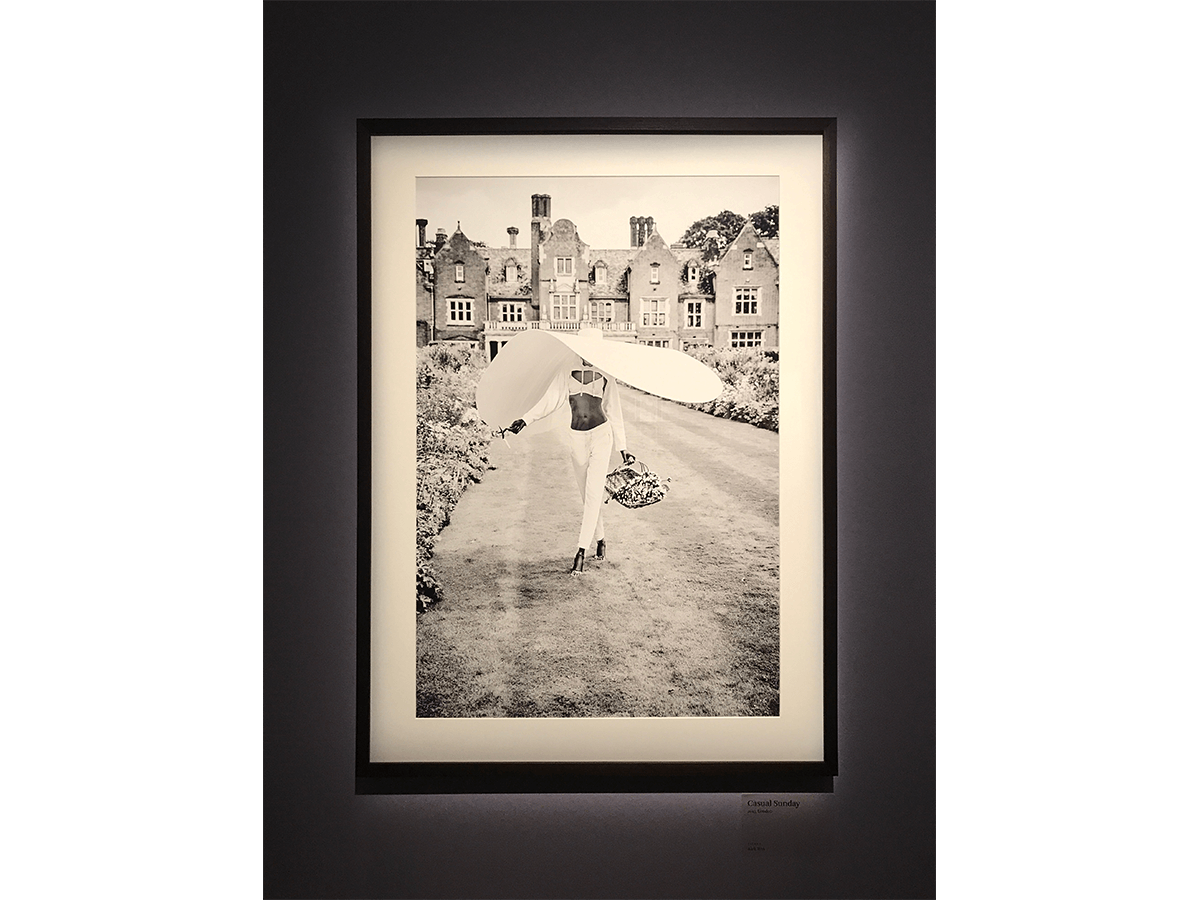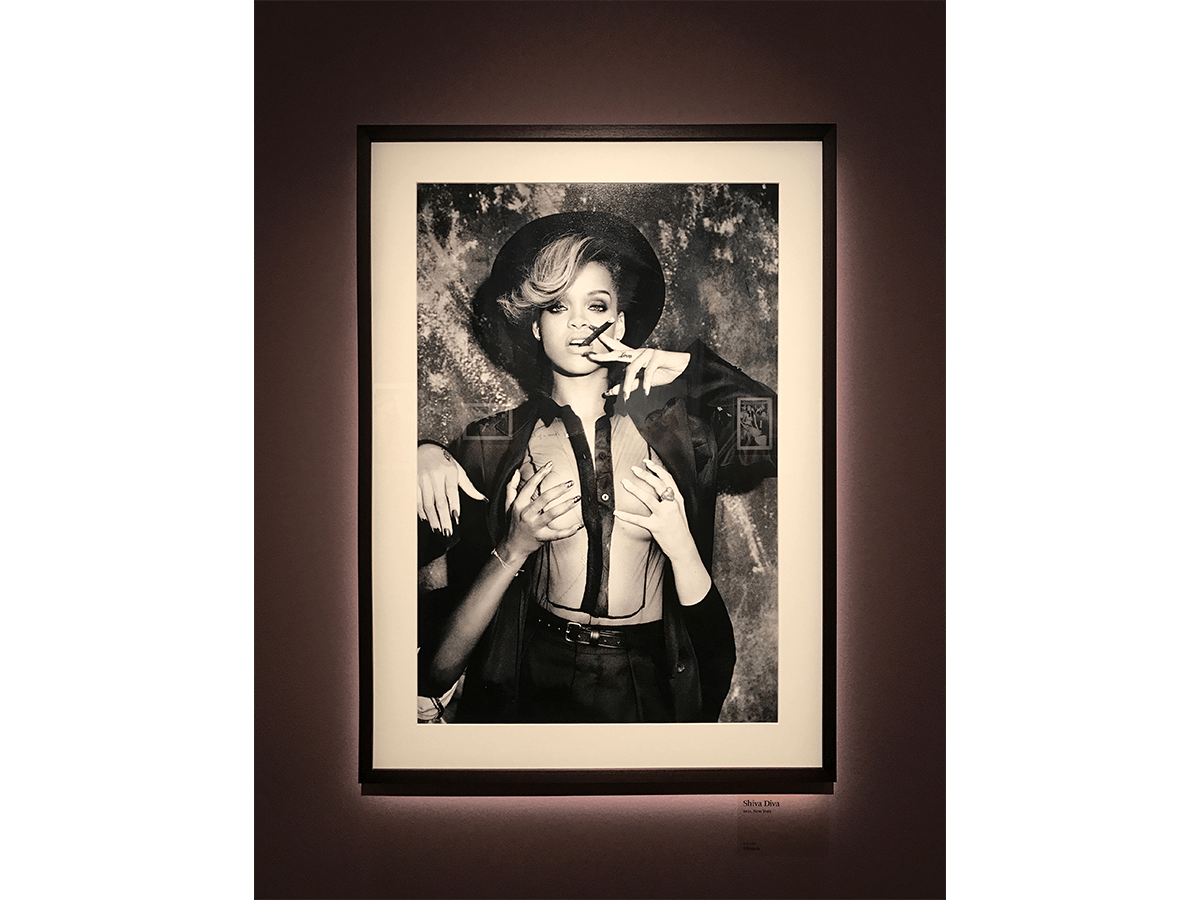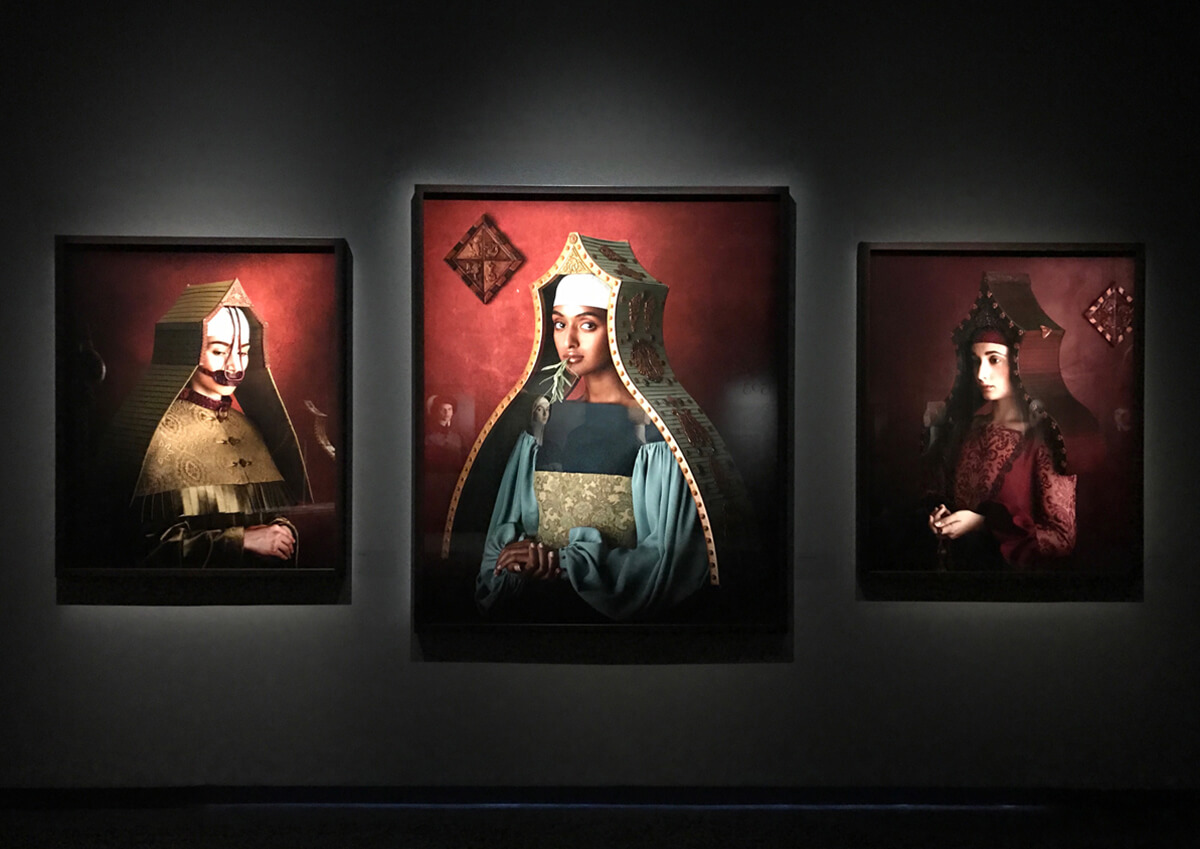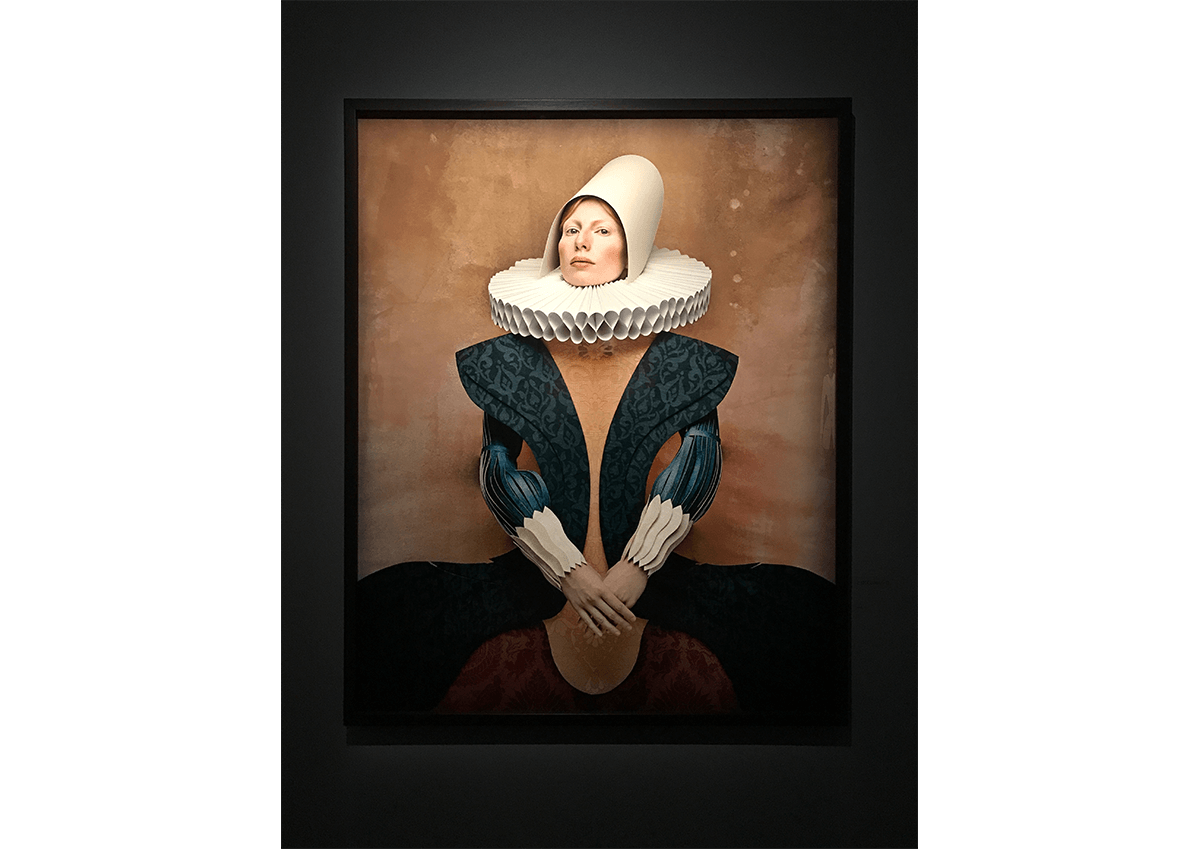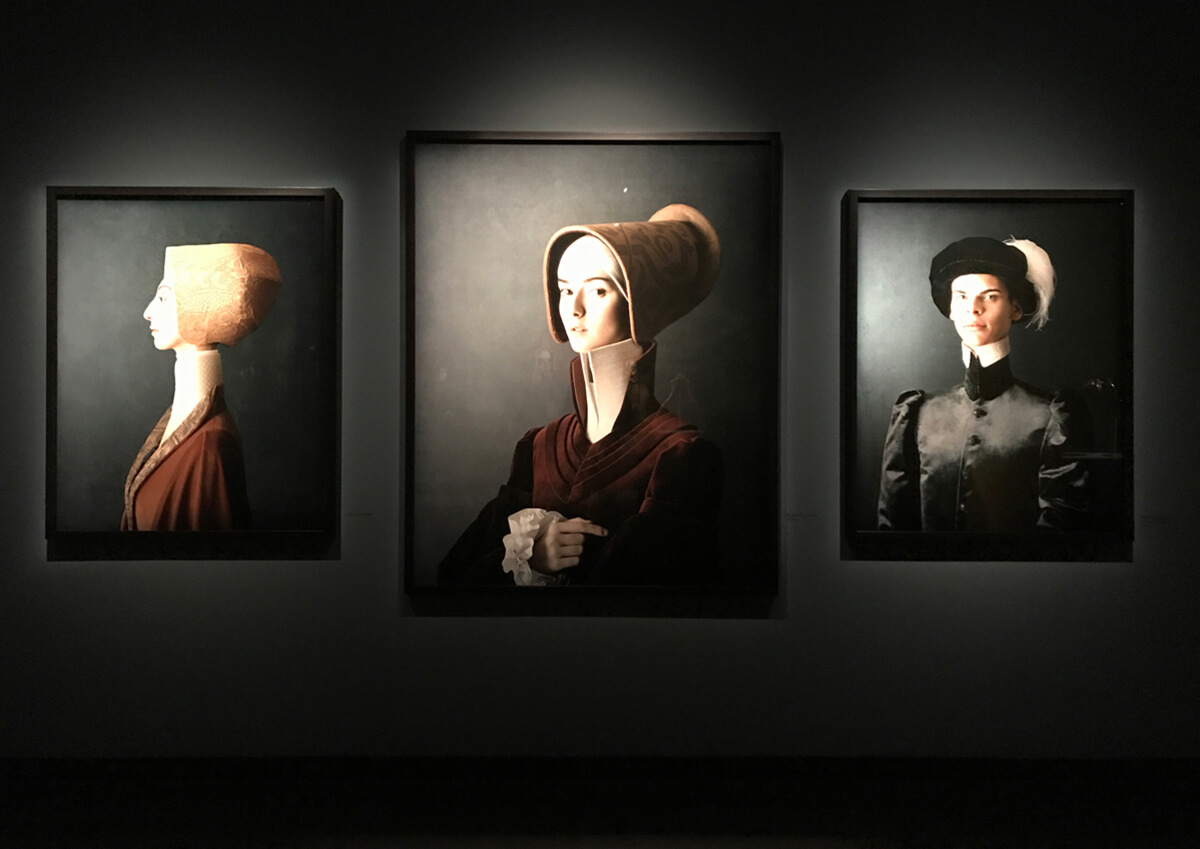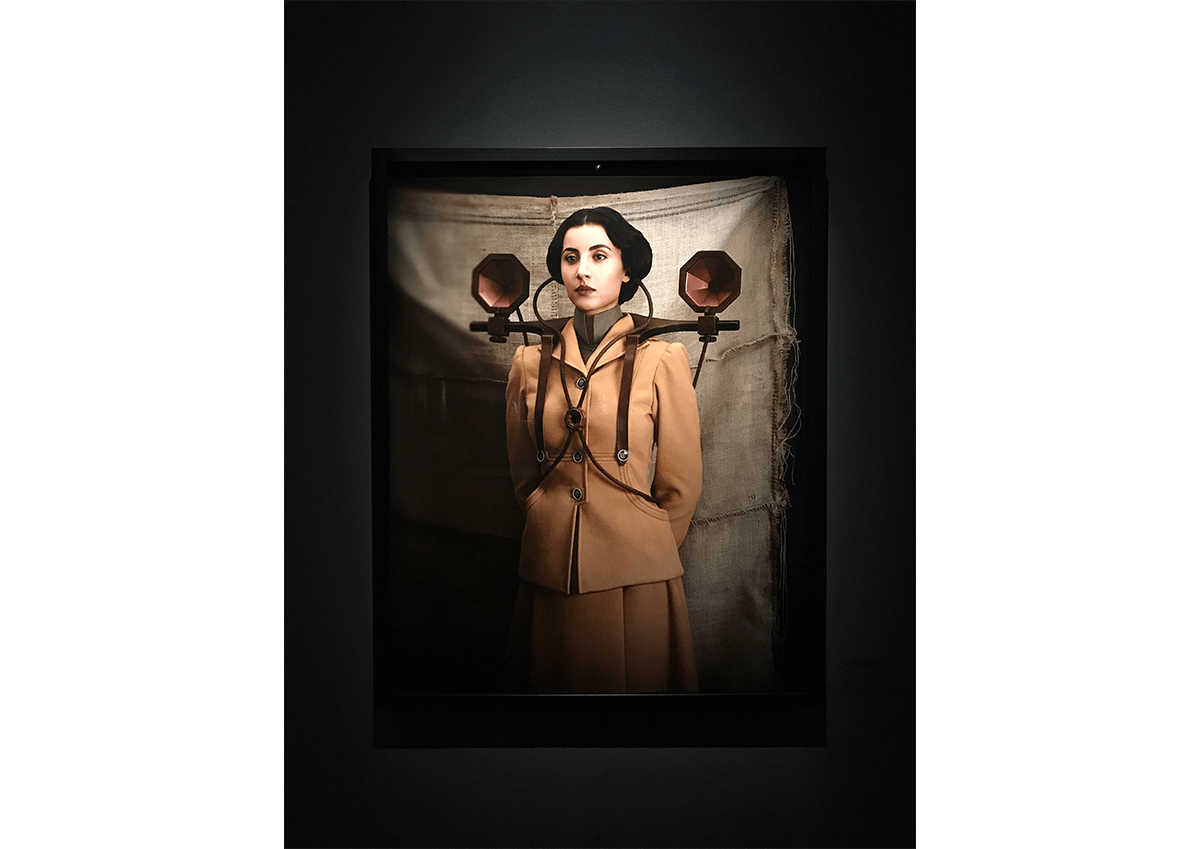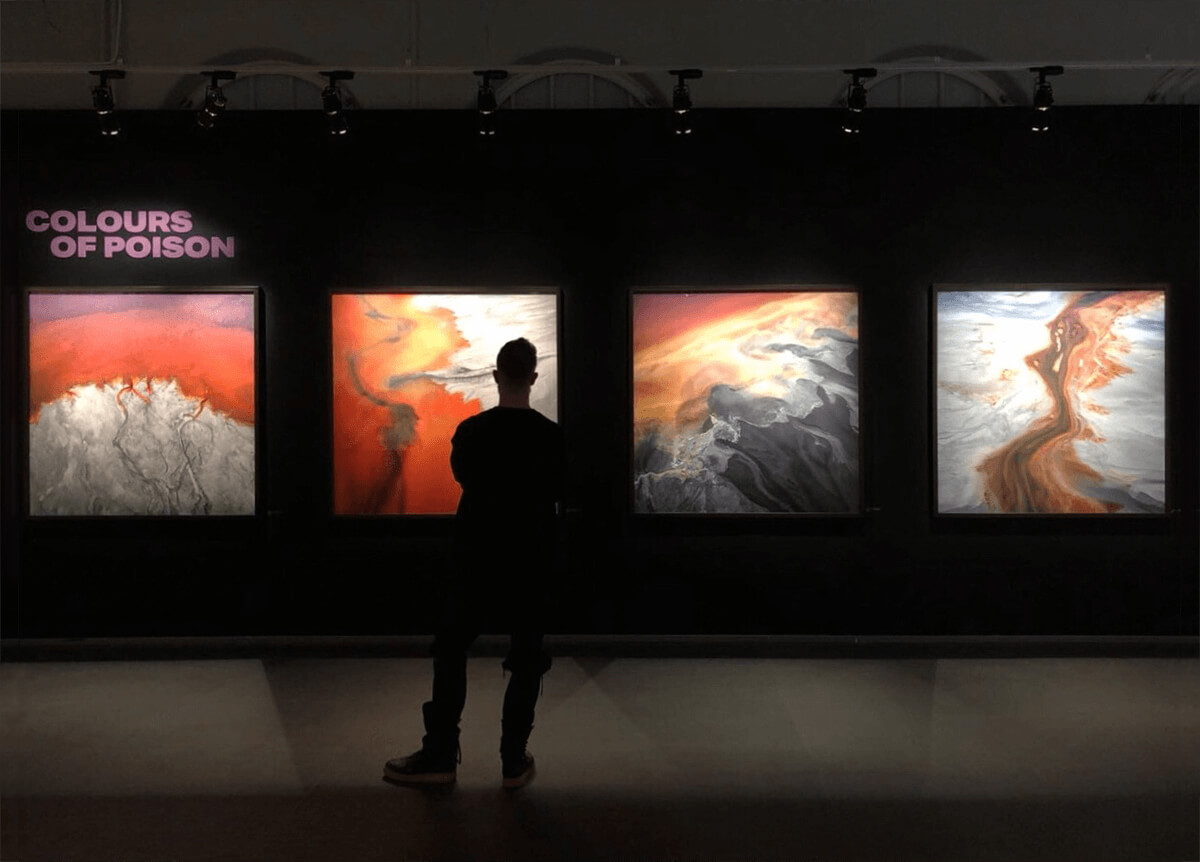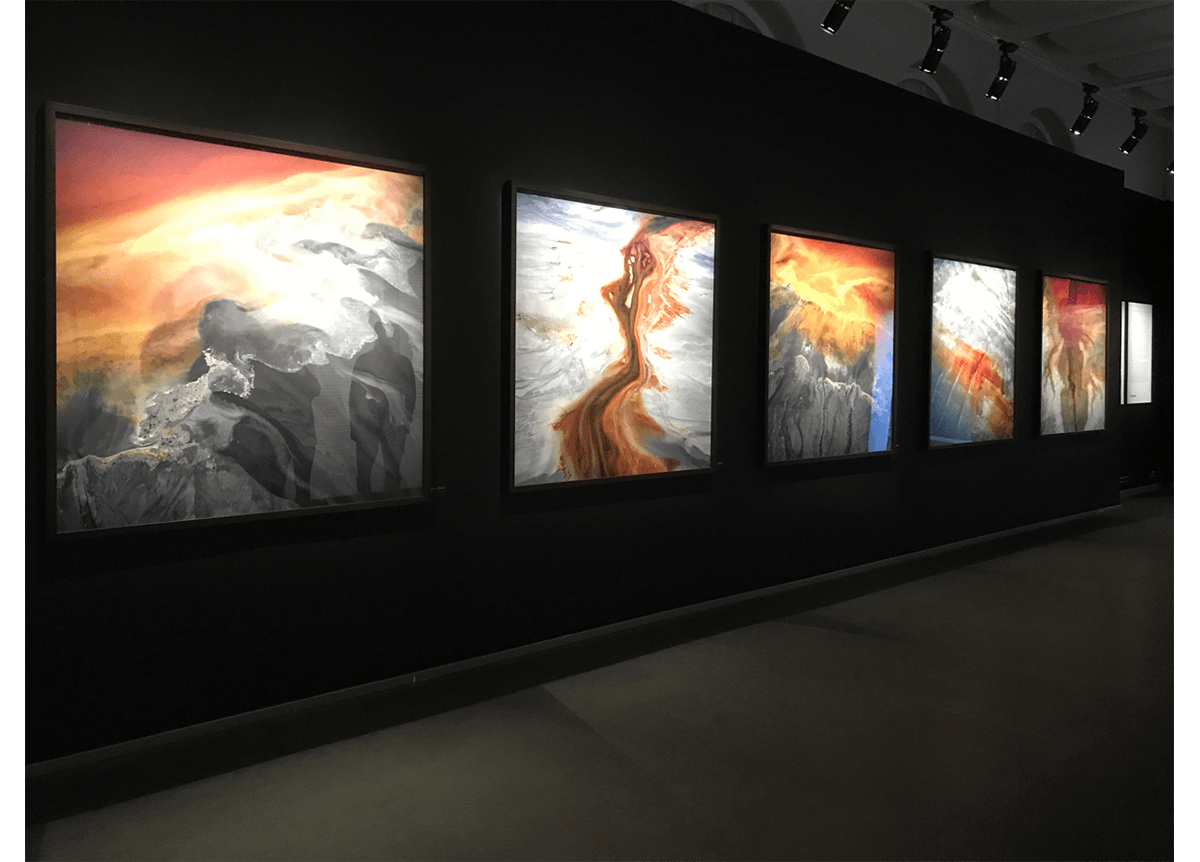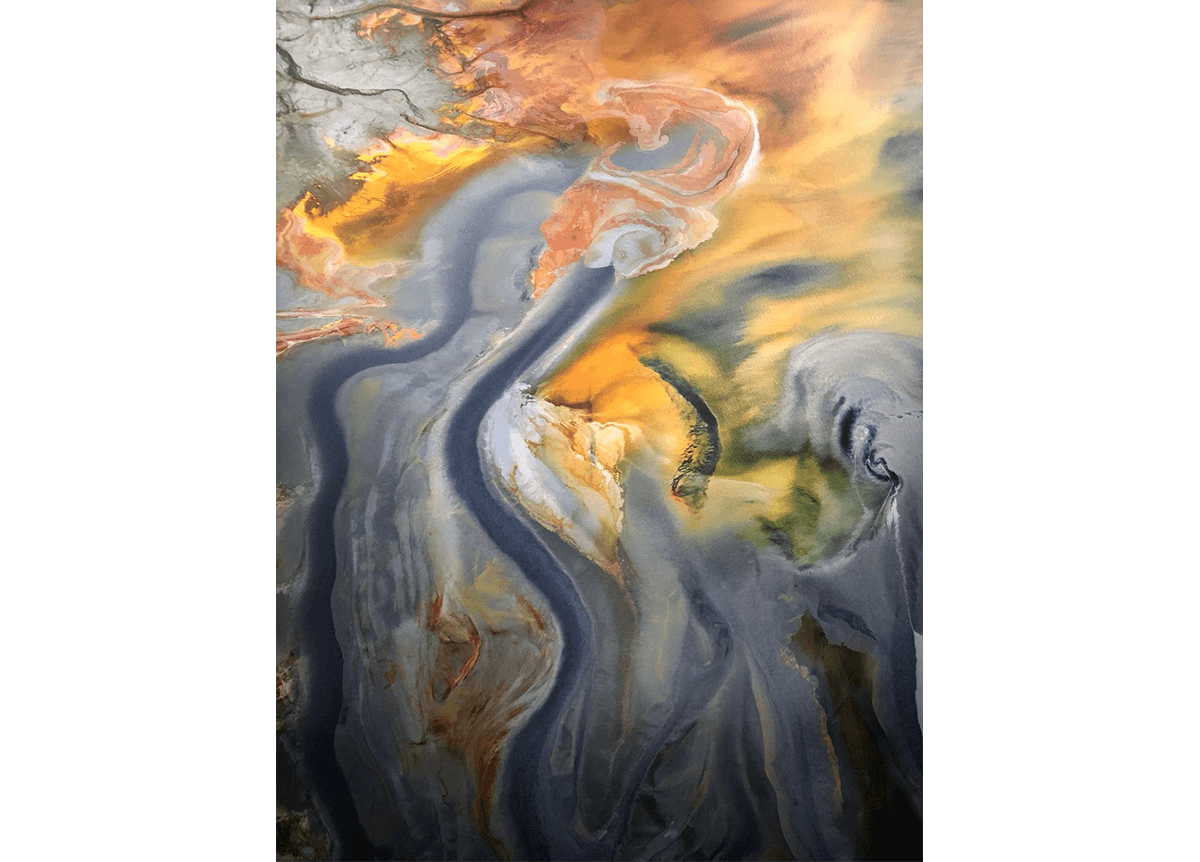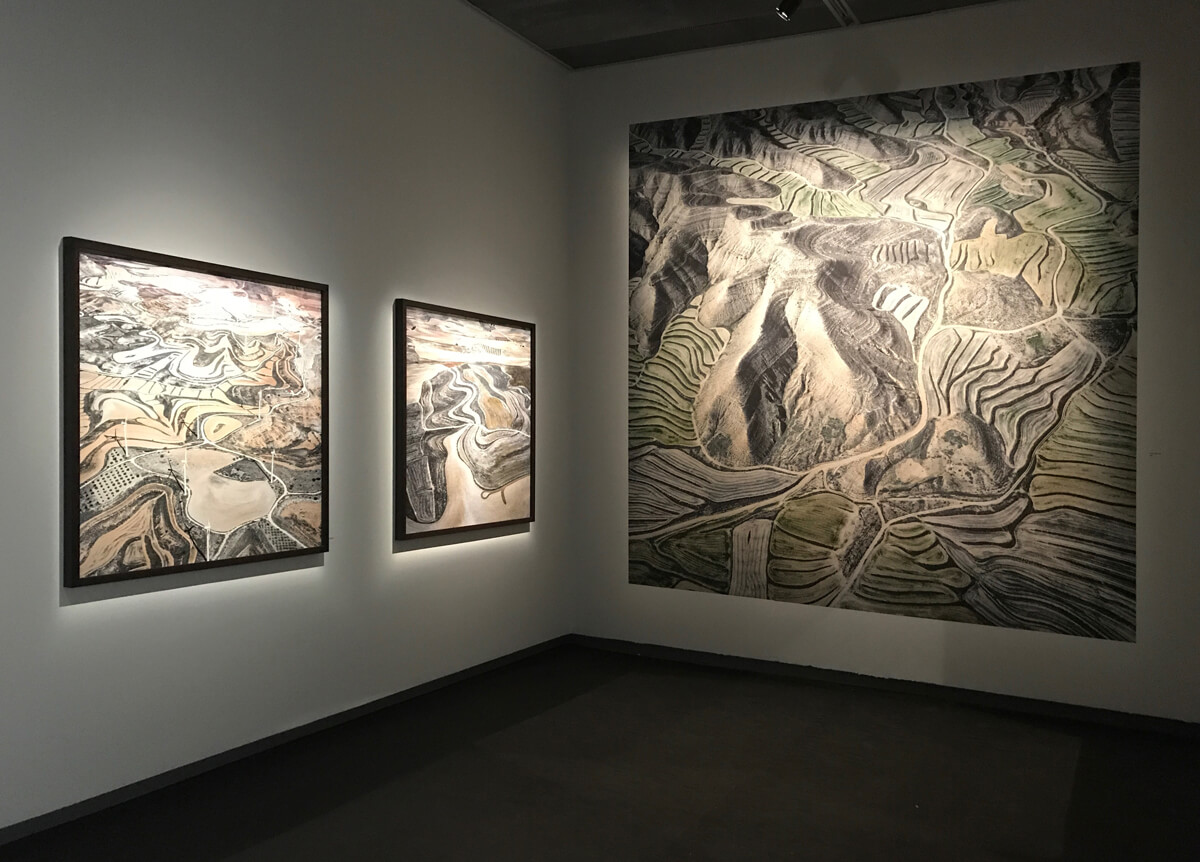Stockholm’s Fotografiska is definitely no ordinary museum. It’s a beautiful and impressive center for contemporary photography, a glorious place celebrating the arts and life itself.
Fotografiska consists of 2,500 square meters and also houses a book shop, a restaurant (with a stunning view over Stockholm and its waterfront), and a commercial gallery. The Fotografiska Academy offers courses and workshops on site, as well, for both amateur and professional photographers.
The museum is open every day of the week from 9AM to 11PM (Thursdays to Saturdays even until 1AM!), allowing its visitors to pretty much indulge in the gorgeous exhibitions whenever they feel the urge to do so.
It’s a place like no other and it absolutely blew my mind! Have a look at the three current exhibitions below and make sure to visit if you ever happen to be in Stockholm.
